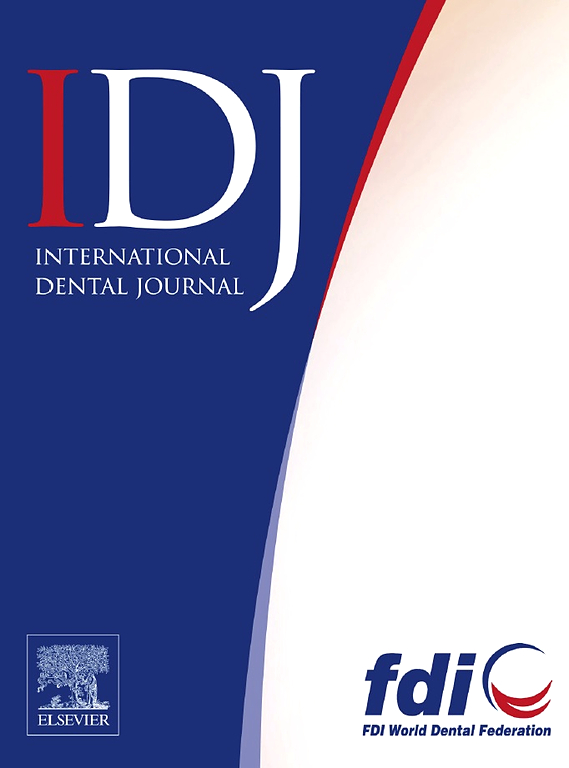High-Intensity Focused Ultrasound Versus Airflow® in Debriding Ti-Attached S. mutans Biofilms
IF 3.2
3区 医学
Q1 DENTISTRY, ORAL SURGERY & MEDICINE
引用次数: 0
Abstract
Introduction and aims
Effective management of biofilm-associated peri-implantitis requires the eradication of microbial biofilms to control disease progression and preserve implant osseointegration. However, achieving complete biofilm removal remains a challenge. High-intensity focused ultrasound (HIFU) is an emerging technology offering non-ionizing radiation, no extraneous materials, and minimal residuals or aerosols. This in vitro study compared the effectiveness of HIFU and a commercial air-pressured abrasive method (Airflow®) in removing Streptococcus mutans biofilms attached to Titanium (Ti) discs.
Methods
Bacterial biofilms were grown on 36 pairs of machined (M) and roughened (R) Ti discs for 10 days. Biofilms in the test group (12 pairs) were treated with the optimized HIFU for 2 min in a water medium and the residual biofilms were examined using two imaging methods, confocal laser scanning microscopy (CLSM), scanning electron microscopy (SEM), and three quantitative methods including crystal violet (CV), 3-[4,5-dimethylthiazol-2-yl]-2,5 diphenyl tetrazolium bromide (MTT) and flow cytometry (FCM) assays for biomass, bacterial viability, and live/dead bacterial counts respectively. The data from the test and the control samples (untreated and Airflow® treated) were subjected to ANOVA followed by post-hoc Tukey's test to determine the statistical differences between the groups.
Results
Except the MTT data from M discs, the findings showed that both HIFU and Airflow® methods achieved similar levels of bacterial debridement, removing over 99% of bacteria in FCM assays (99.8 ± 0.16% versus 99.3 ± 0.49% for M discs, 99.96 ± 0.02% versus 99.5 ± 0.37% in for R discs). Complete biofilm removal was noted in HIFU-treated samples compared to the Airflow® in SEM images.
Conclusion and clinical relevance
Our findings indicate that both novel HIFU and traditional Airflow® methods were equally effective in removing the S. mutans biofilms from titanium disc surfaces. Further research is needed to explore the clinical application of HIFU in managing peri-implantitis.
求助全文
约1分钟内获得全文
求助全文
来源期刊

International dental journal
医学-牙科与口腔外科
CiteScore
4.80
自引率
6.10%
发文量
159
审稿时长
63 days
期刊介绍:
The International Dental Journal features peer-reviewed, scientific articles relevant to international oral health issues, as well as practical, informative articles aimed at clinicians.
 求助内容:
求助内容: 应助结果提醒方式:
应助结果提醒方式:


